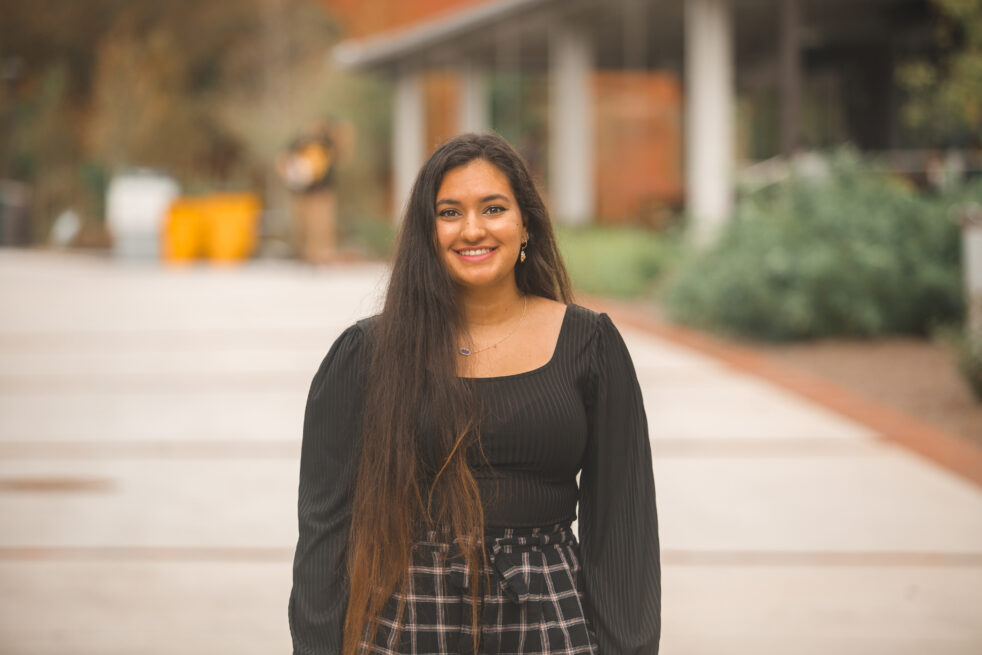I might be biased, but I like to consider myself a reasonably nice person.
At the same time, if I was ever told to hand my phone over because my text messages and emails were subpoenaed in court, I would probably have to change my name and adopt a new identity out of embarrassment and a high degree of shame.
If you don’t know what I’m talking about, we’re probably on very different sides of Twitter.
Over the past week, my timeline has been full of journalists discoursing over the ethics of group chats, kidney transplants and being a “bad art friend.”
For a few days, I watched the memes and commentary unfold in utter confusion, and it wasn’t until decided to finally read the nearly 10,000-word New York Times (NYT) Magazine feature “Who Is the Bad Art Friend?” that I finally realized all three of these topics are related.
For those who still don’t know what I’m talking about, the gist is this: the main focus is a conflict between two “friends” that evolves over the course of six years, starting in 2015 when unpublished writer Dawn Dorland decided to non-directly donate her kidney (making it available to anyone on a transplant list).
Dorland created a private Facebook group to discuss her kidney transplant and post updates — some engaged with her posts and others, like published writer Sonya Larson, didn’t acknowledge or praise Dorland’s “altruism.”
At one point, Dorland even directly confronts Larson through email about whether she was aware that Dorland donated her kidney, to which Larson responds that she did.
The two “friends,” acquaintances in Larson’s eyes, share a few more brief exchanges where Dorland is mostly upset but restrained that she did not receive more recognition of her selfless act.
Later on, Dorland even attends a writing conference and then a second conference, but no one at either conference acknowledged her kidney donation.
“‘I left that conference with this question: Do writers not care about my kidney donation? Which kind of confused me, because I thought I was in a community of service-oriented people,’” Dorland says in the NYT piece.
At this point, I found myself highly scrutinizing Dorland — if you choose to donate one of your organs, I understand wanting to update people close to you on the status of your health.
However, just because you decided to give away one of your kidney, that does not mean that anyone else — especially someone who doesn’t consider you a friend (Larson admits that she never considered herself close to Dorland) — owes you their time, attention or any sort of validation, especially at a writing conference.
Eventually, Dorland learns that Larson was inspired by her kidney transplant journey and that seed grew into her next published story, “The Kindest,” gaining wide recognition and a feature in a Boston Book Festival program.
Larson’s story features a second-generation Asian American woman named Chuntao, a character that reappears in many of her stories, who receives a kidney transplant from a donor named Rose, who Larson purposely positioned as a white savior character who is seeking the same type of attention for her kidney donation that Dorland was in real life.
The rest of the NYT piece traces a constant back and forth between Larson and Dorland, dissecting accusations of plagiarism, harassment and ultimately a lawsuit that is still going on today.
Even after reading almost 10,000 words about the conflict between the two, there were so many nuances, gray areas, and varying pieces of evidence that were discovered that I still can’t take a definite stance on who is in right and wrong.
At one point, Larson and her friends’ group texts and emails were subpoenaed in court and exposed them talking about Dorland and her kidney transplant in a less than flattering light, forcing me to reflect on the things I have said about other people in the past and whether it was justified or came from a place of spite.
More than this, I still can’t comprehend that Dorland herself pitched this story to multiple outlets, wishing for the public to know about the mess her life had become for the past six years and that someone actually took the time to write out 10,000 words about the discourse.
Yet, here I am with the same discourse still dwelling on my mind while enjoying the endless memes about the two women flooding my Twitter timeline.
Outside of the memes, however, I have seen some insightful and thought-provoking commentary on Twitter from various journalists that have forced me to examine my own relationship dynamics.
One user, @daniellevalore, mentioned that despite the question of ethics at play, the true conflict is not about plagiarism but rather how to handle the dynamics of a situation where one person thinks a relationship is a friendship and the other doesn’t.
I’ve found myself on both sides of this situation before, but I highly doubt that I would ever let my situation with someone escalate to a point where I take legal action against them just because they don’t want to be my friend (if I do, please check in on me and remind me of this editorial).
Is “Bad Art Friend” truly about art ethics? Or is it about social media platforms?
Maybe it’s about friendship, or jealousy, or racial dynamics — honestly, who knows?
Even the author of the New York Times article steers clear of explicitly siding with either party, simply providing the reader with enough information to choose who they support.
Regardless of whatever lies at the core of this conflict, the biggest takeaway for me is this: no matter how you try to shape a narrative, you will always be an antagonist in someone else’s story in order to be a protagonist in your own.
